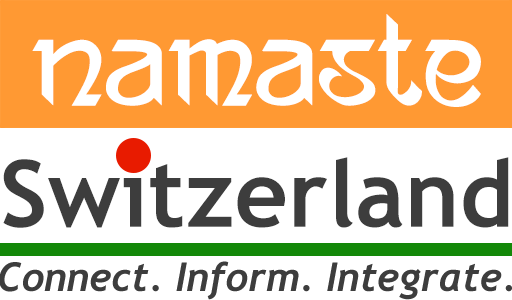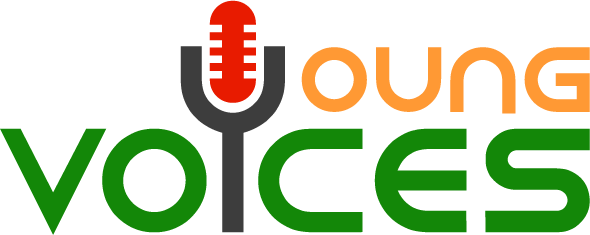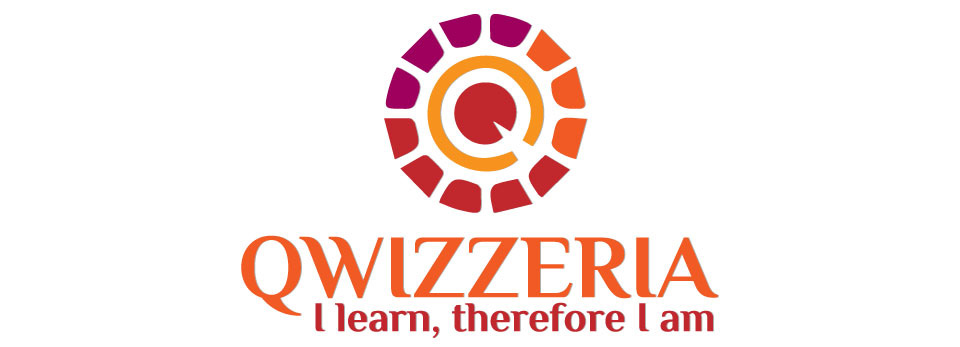Switzerland is a treat to the eyes and the soul all through the year, and especially in the summer. With spectacular hiking trails, beautiful aquamarine lakes, winding mountain passes, and more, June through August is that time of year when Switzerland beckons visitors from all over the world.
If you are planning on visiting Switzerland, or if your friends and family are planning to visit you here, then read our tips on how to get around the country as a tourist, and make the most of the fantastic public transport network.
Arrival at the Airport
Zürich and Geneva’s airports are connected to the Swiss Rail System. At both these locations, the Airport Train Station is conveniently located at the airport premises (underground). Timetables are clearly placed and train departure times are displayed prominently.
If you arrive at the Euroairport Basel or the Bern-Belp airport, the airport bus will bring you to the train station.
Getting familiar with the Swiss transport system
The Swiss public transport system is safe, convenient and extremely reliable. The network comprises trains, trams, buses and boats (for those who prefer to rent cars or cycle, there are well laid out cycling routes, and several car rental options to choose from). The Swiss railway network is said to be the densest in the world. Most railways lines are operated by the Swiss Federal Railways (a.k.a. SBB in German, CFF in French, and FFS in Italian), and some are operated by private railway operators. Notable advantages of the public transport system include:
- The Swiss public transport system is completely integrated, allowing for a seamless multimodal travel – across train, boat, tram, bus – all on a single ticket.
- Swiss trains are punctual and always on time, barring rare occasions
- Trains depart at regular, periodically repeated intervals and are closely linked with almost all public transport systems, thereby minimising waiting times for connecting journeys.
Purchasing tickets, passes and half-fare cards
There are multiple options for visitors to choose from, ranging from a point-to-point ticket to an unlimited travel pass to a half-fare card that must be used in combination with a ticket. Choose one or a combination of options that make the most economic sense for your travel plans. Please note that if you are in Switzerland for a longer period of time and plan to travel extensively, a GA card will allow for unlimited travel for a longer period of time.
- Tickets: Tickets can be purchased at ticket kiosks present at every railway station and most bus and tram stations. Kiosks have a multilingual interface and accept cash and most credit cards. However, unless you plan to travel rarely purchasing a ticket for every trip you make can get expensive. Look out for SuperSaver Tickets which come with discounts of up to 50%, but are limited in number and are only available online (SBB.ch).
- Swiss Transfer Ticket: This ticket entitles you to travel from a Swiss border railway station or airport to your vacation destination and back again, via the most direct route only. Ideal for short trips in the country, the transfer ticket is valid for 1 month.
- Day Passes: Opt for a day pass if you are in Switzerland for just a few days, and wish to travel as much as you can through the country.
a. Gemeinde Tageskarte: This card can be purchased only by a local residing in Switzerland, from his/her local Gemeinde (municipality office). These passes allow anyone to travel throughout Switzerland on one particular day, and are non-personal, avoiding the need to show identification. Priced at around CHF 45 (prices are set by the respective municipality), these tickets are limited in number and can be booked up to 2 months in advance. They are non-refundable and are only valid for the date chosen.
b. 1-Day Travel Pass: The SBB provides day passes that allow for one day of unlimited travelling by all trains, buses, boats, city transport and a few mountain transport routes. Known as the ‘Saver Day Pass’, these passes can be purchased from 30 days in advance up to the day before travel. These tickets cost between CHF 29 with a Half-Fare travelcard to CHF 52 without a Half-Fare travelcard.
c. Other day-passes: Occasionally, retailers such as Coop and the Swiss Post (Die Post) have promotions involving day travel passes. If you need to travel on a specific date and miss out on the ‘gemeinde tageskarte’, it is worthwhile to check the websites of Coop and Die Post for these passes. - Travel Passes: The Swiss Travel Pass and the Swiss Flexi Pass allow for a certain number of days of unlimited travel, and also entitle the holder to free entrance to several museums and exhibits, and a discount of up to 50% on many mountain-top cable-cars. They are only available to people with a permanent address outside of Switzerland and can be bought from agents outside of the country, as well as from most major train stations.
a. Swiss Travel Pass entitles you to unlimited travel on consecutive days throughout the Swiss Travel System network. The Swiss Pass is available for 3,4,8 or 15 days.
b. Swiss Flexi Pass entitles you to unlimited travel throughout the Swiss Travel System network during 3, 4, 8 or 15 days of your choice within 1 month.
There are also special ‘Youth’ cards for travellers under 26 years, which are discounted by 15%. If you are planning to travel only within a particular region, consider getting a Regional Pass. - Half Fare Cards: With the Half-Fare travelcard you can travel at nearly half price on all SBB routes and most other railways as well as on boats, buses and trams. This travelcard is only available for persons domiciled outside Switzerland and Liechtenstein.
a. One Month Half-Fare Card: This card costs CHF120, is valid for 1 month and entitles you to nearly 50% discount on almost all modes of transport in the country, special prices on some cable cars, and discounts on most city buses and trams, and applies for both 2nd class and 1st class tickets.
b. One Year Half Fare Card: If you are visiting the country for more than one month or will visit more than once during the year then you could opt for the one-year half-fare card for CHF185.
Travelling with children and/or people with disabilities
 Children up to the age of 6 travel for free, when accompanied by a parent. Most InterCity trains have a themed coach for kids, located either at the beginning or at the end of the train. These coaches have enough space for strollers. A mini-playground can be found upstairs in the same coaches.
Children up to the age of 6 travel for free, when accompanied by a parent. Most InterCity trains have a themed coach for kids, located either at the beginning or at the end of the train. These coaches have enough space for strollers. A mini-playground can be found upstairs in the same coaches.
Kids aged 6-15 pay half-fare. Optionally, a Junior Card can be bought for 30 CHF, entitling children from the age of six to 16 to travel on public transport for a whole year, accompanied by a parent with a valid ticket.
People who need assistance: SBB organises assistance for getting on and off fast trains at stations with support facilities and for some regional services. The SBB Call Centre is available under the toll-free number 0800 007 102. Assistance is available free of charge for wheelchair users, passengers with impaired mobility, the blind and visually impaired and the mentally handicapped.
Panoramic routes to make the most of the scenic countryside
In Switzerland, you are spoilt for choice when it comes to scenic train routes. Some of the most picturesque train routes last anywhere from a couple of hours to two days. Noteworthy panoramic trains include the Golden Pass service, which runs between Zweisimmen (in the Bernese Oberland) and Montreux (Lake Geneva Region), and the Glacier Express, which runs from Zermatt in the canton of Valais to St. Moritz in the canton of Graubünden. Other popular routes include the Bernina Express and the Gotthard Panorama Express.
Do keep in mind that most panoramic train routes require reservations to be made in advance.
A few things to keep in mind
- Double-check to make sure your departure track hasn’t changed. This can happens rarely, in case of repair or extra scheduled trains.
- Seat reservation on some of the classic panoramic train routes and international train routes is mandatory. You can make a reservation as early as three month in advance, or as late as the day before you depart. You can also make a seat reservation for dining in the SBB restaurant coach.
- Many high-mountain routes are only partially covered by the Swiss Travel Pass and discounts vary depending on what kind of pass you have.
For more information
Detailed information on specific routes, fares and schedules can be found online on the SBB’s website, www.sbb.ch. The integrated timetable is also available as a free smartphone app, which you can download and use as needed.
Are you ready to explore Switzerland and its scenic delights? We hope we’ve helped you in planning your itinerary, and wish you a pleasant trip to this side of the Alps!
Photo Credits: myswitzerland.com, www.sbb.ch
The information provided in this article provides guidelines for travelling in Switzerland. The information is provided without warranty of any kind. The author and website disclaim any responsibility or liability in connection with the use of this information as it is generalized and public transportation is subject to change over course of time for which we take no responsibility.
Disclaimer: Namaste Switzerland does not undertake any financial/reputational/legal/misrepresentational impact or other obligations/liabilities that may arise from the content.
Please note: Systems and laws change. We do not confirm the validity of the content at all times.













